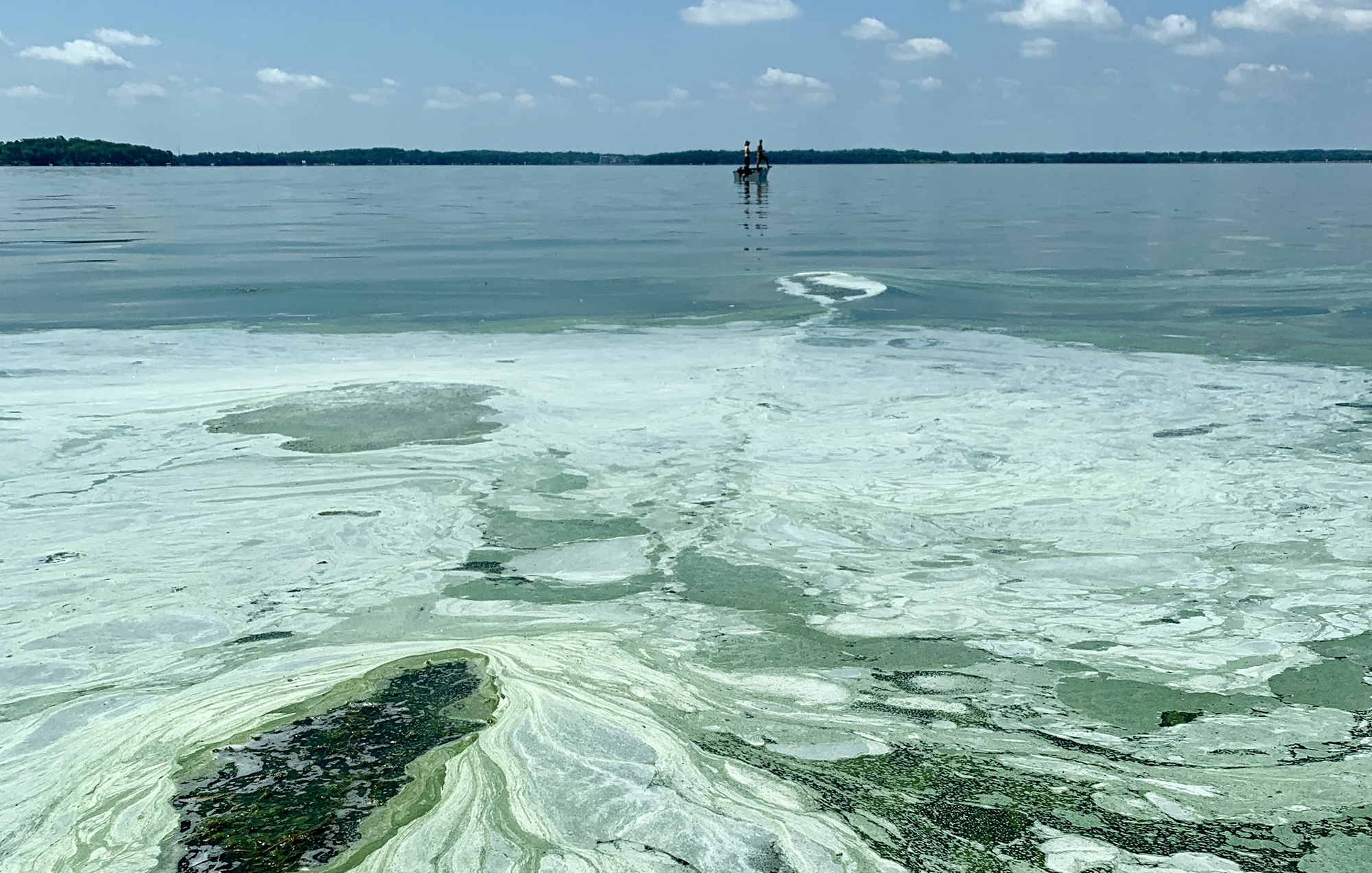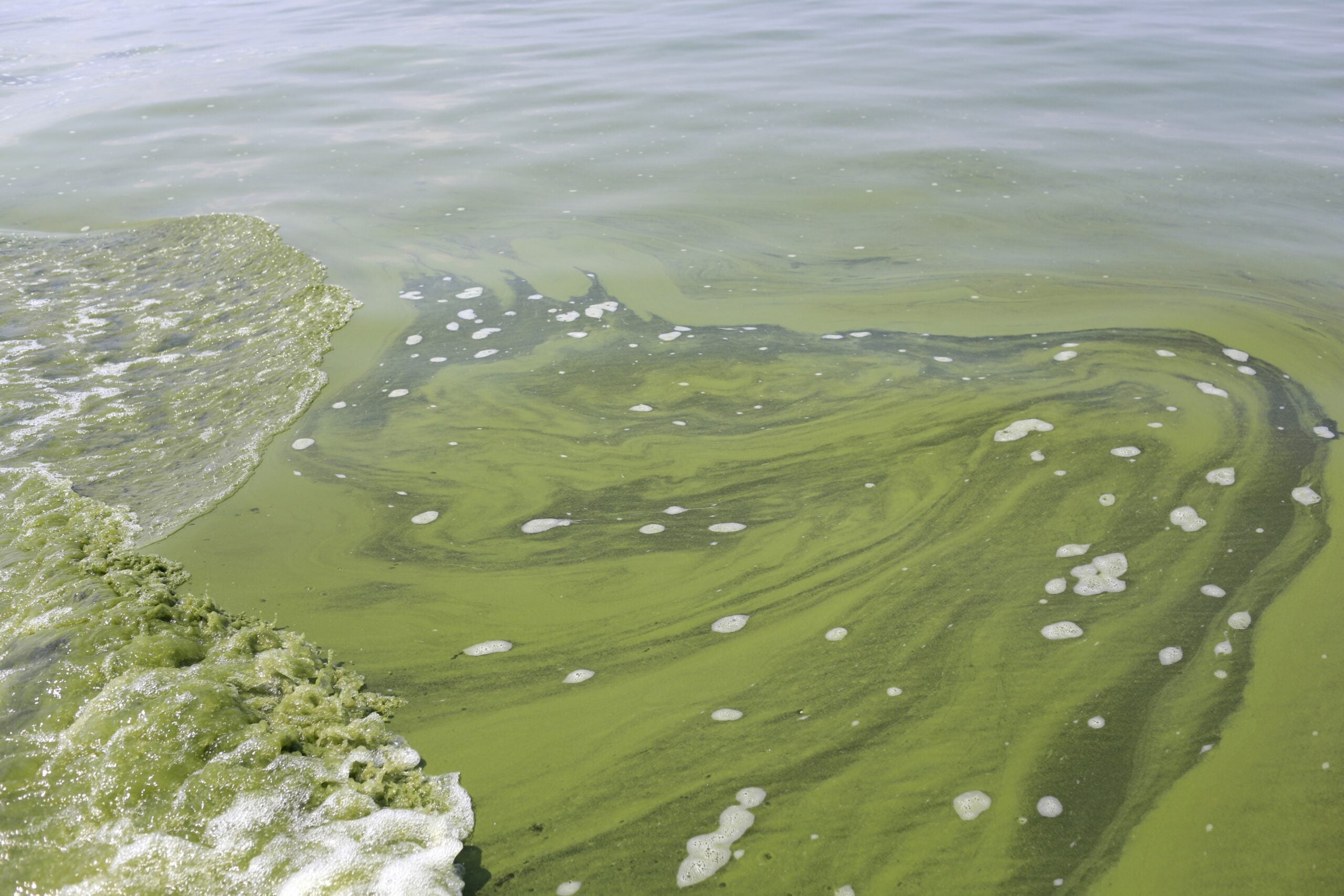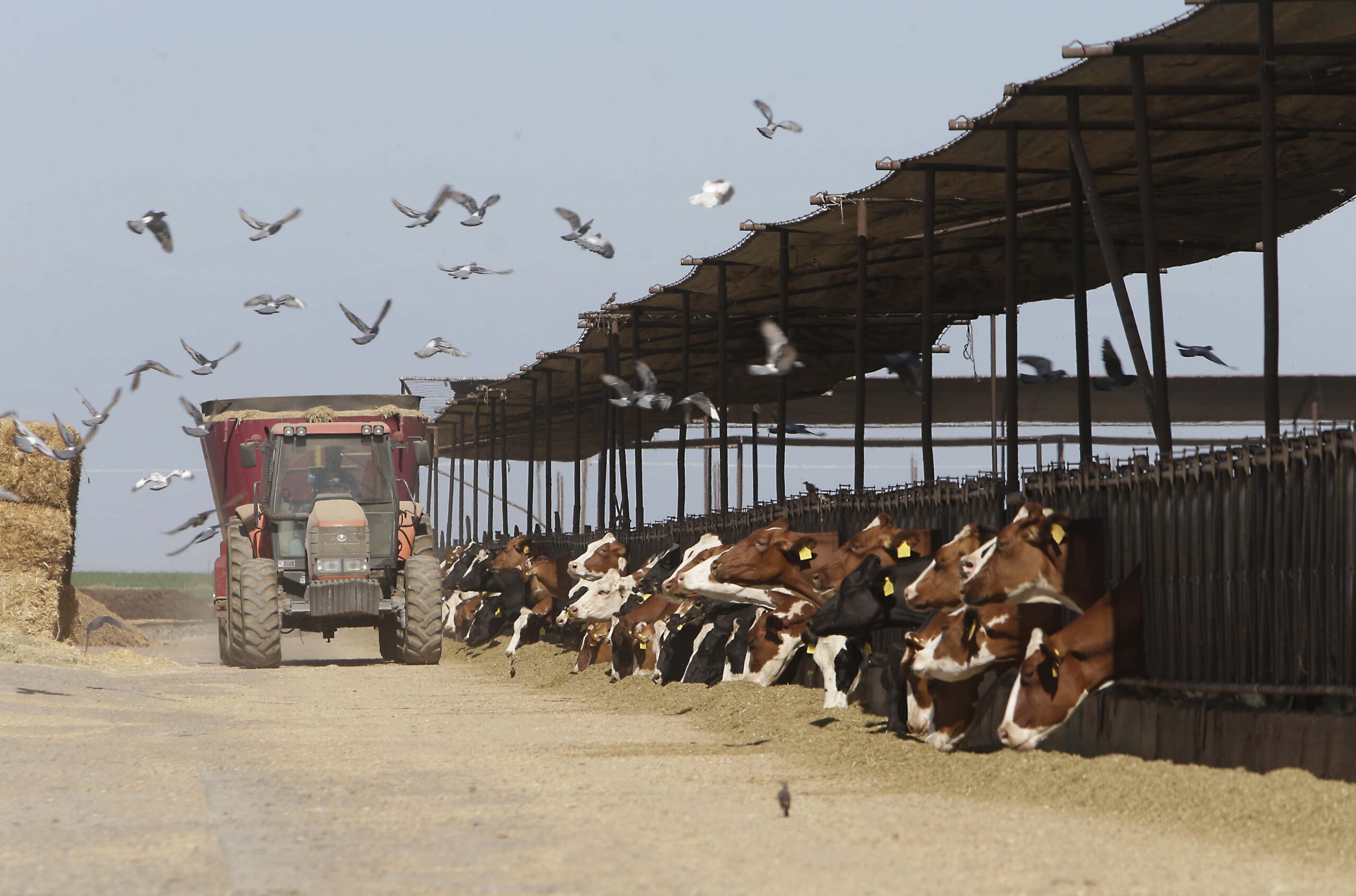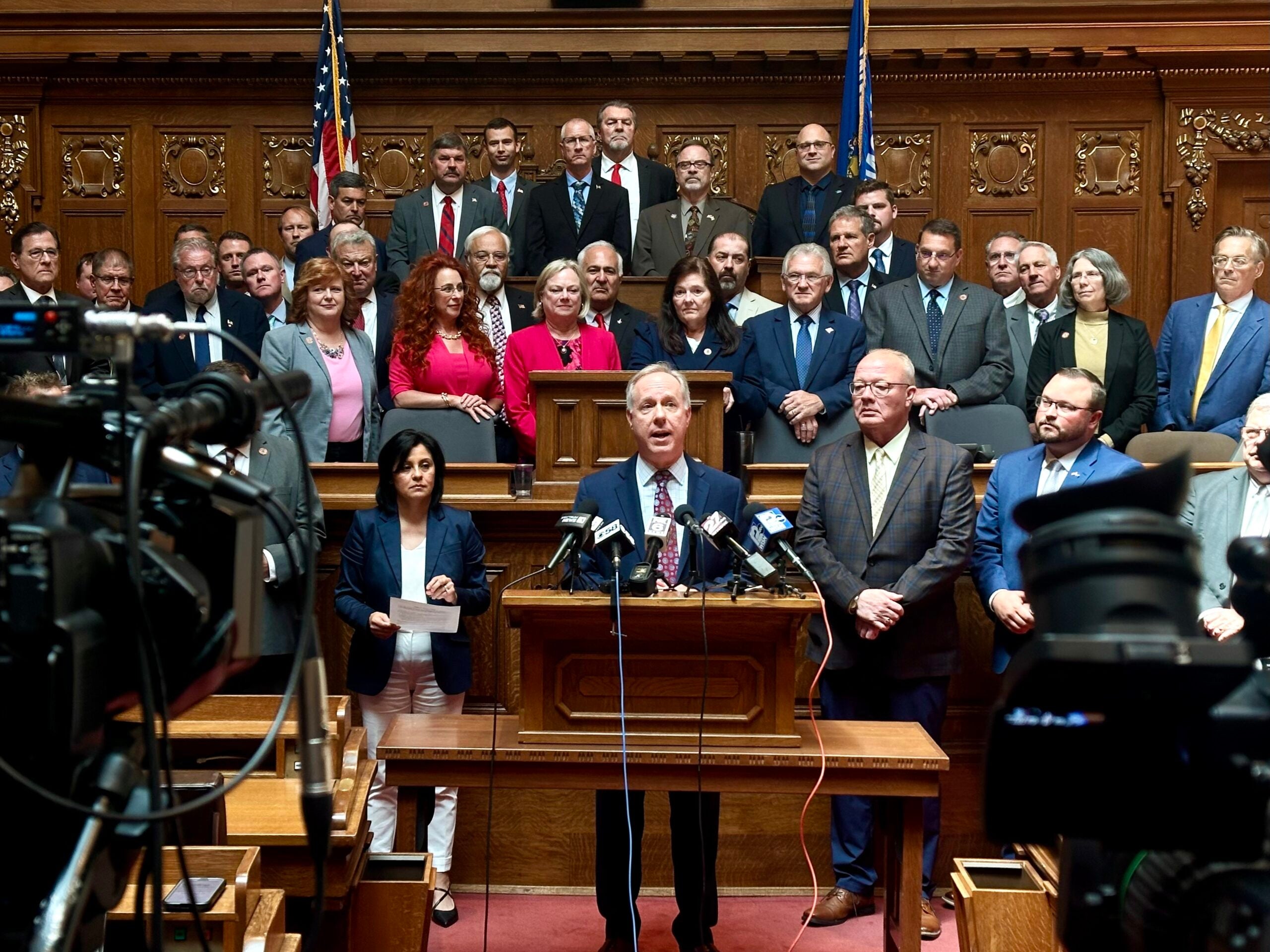Wisconsin’s largest business group is threatening legal action against state environmental regulators if they don’t address concerns over proposed policy changes that seek to protect water quality in rivers, lakes and streams.
The Wisconsin Department of Natural Resources is revamping its antidegradation policy for surface waters. That rule regulates discharges from industrial and municipal facilities under wastewater permits. It applies when a facility plans new or increased releases of pollutants into lakes, rivers and streams.
Changes to the policy aim to bring the state in line with federal updates to antidegradation regulations under the Clean Water Act that were made by the U.S. Environmental Protection Agency in 2015. The goal is to protect high-quality waters while providing a process that allows higher discharges in cases where needed and where protective measures are taken. In those instances, facilities would go through an antidegradation review that weighs the pros and cons of discharging more pollutants to waterways.
News with a little more humanity
WPR’s “Wisconsin Today” newsletter keeps you connected to the state you love without feeling overwhelmed. No paywall. No agenda. No corporate filter.
Under the changes, the agency said it will clarify how the policy affects general permits, stormwater releases and discharges from concentrated animal feeding operations or CAFOs.
Wisconsin Manufacturers & Commerce, or WMC, said it may pursue litigation if the DNR doesn’t heed comments from a coalition of industry and farm groups on the proposed changes. Groups like WMC, the Wisconsin Paper Council and Wisconsin Dairy Alliance want the agency to stop crafting changes to the policy.
Craig Summerfield, environmental and energy policy director for WMC, said in a statement that the revisions would be too costly.
“Wisconsin law provides clear limits on DNR’s authority to implement federal water quality restrictions. This proposed rule goes far beyond federal requirements and could impose incredible costs on manufacturers,” Summerfield said. “Our coalition estimated $56.7 million in compliance costs for businesses and taxpayers over the first two years of the rule’s implementation.”
State law requires legislative approval of agency regulations that are expected to cost more than $10 million over any two-year period under the REINS Act. The business group accused the DNR of underestimating costs and the number of affected facilities, saying it refused to estimate costs linked to project delays. WMC claims the proposed regulation would allow DNR to require costly treatment upgrades, but the agency says that’s not anticipated under the changes.
The DNR has estimated the economic impact of the proposed rule would max out at roughly $2.5 million over any two-year span. Over 10 years, the agency estimates the changes would cost around $12.3 million.
“The department anticipates that the economic impact analysis is a conservative estimate and expects actual implementation costs to be on the lower end of the range estimated,” Kristi Minahan, the agency’s water quality standards specialist, said in a statement. “The reason for this is because the actual occurrence is much lower than what was assumed in the analysis.”
The changes would prevent increasing concentrations or levels of pollutants like phosphorus or chloride in waters that are already impaired by those pollutants. The DNR also can’t sign off on lowering water quality for exceptional or outstanding resource waters except under specific circumstances.
In addition, the agency could only approve a new or increased discharge into high quality waters when a review of alternatives shows it’s necessary to support important social or economic development. The DNR must also show that existing uses of the water like fishing and swimming will be maintained and protected. The DNR offers a streamlined review for smaller discharges, but more significant releases receive a full antidegradation review.
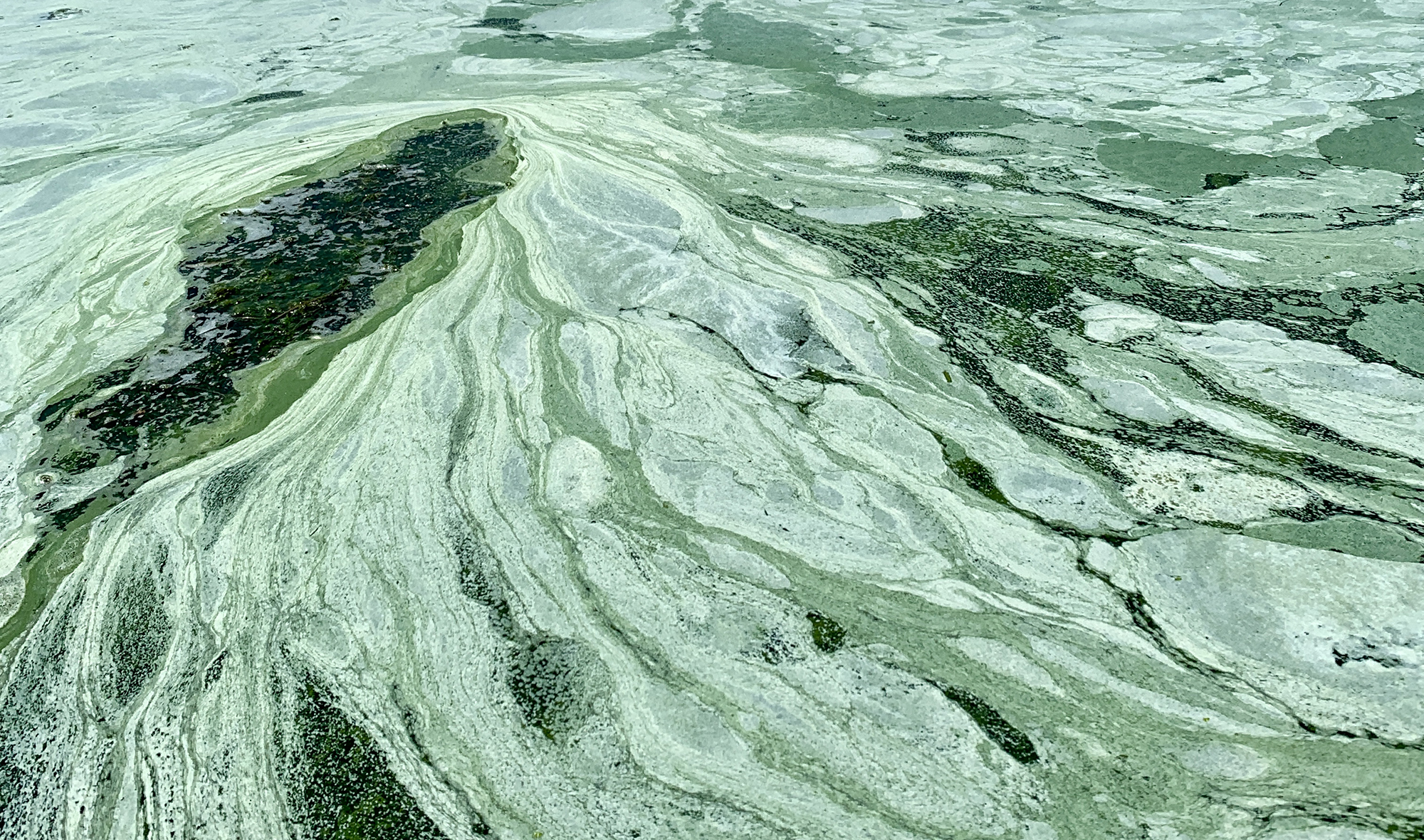
Minahan said some discharges that went through the streamlined process were considered too high by the EPA. Under the changes, a discharge is now deemed to significantly lower water quality if it goes beyond 10 percent of the waterway’s capacity to absorb a certain pollutant before it fails to meet water quality standards. That’s down from roughly a third under existing regulations.
“EPA is unlikely to approve the rule if it retains the higher threshold, as demonstrated through other states’ rulemaking efforts,” Minahan said.
As a result, more facilities would need to go through a full review. The DNR expects around two dozen more industrial, stormwater and municipal facilities may be affected each year. The agency said the changes will address issues raised in a petition submitted to the EPA that called for removing the state’s wastewater permitting authority.
Midwest Environmental Advocates, an environmental law center, filed that petition on behalf of 16 residents in 2015 to correct deficiencies in the state’s wastewater permit program.
The group’s staff attorney, Rob Lee, said the changes are a long time coming. He said this is the third attempt to update Wisconsin’s antidegradation policy to bring it in line with the Clean Water Act. The DNR last revised the rule, which was first enacted in 1973, almost two decades ago.
“It is designed to take the waters that currently comply with our clean water bodies and make sure they stay clean,” Lee said. “Clean water doesn’t clean itself. We have to make sure that we’re not allowing permittees to increase their discharges such that we’re starting to get impaired waters again.”
Lee said the changes would allow the DNR to consider the cumulative effects of discharges from multiple sources on the health of a waterway. Groups like Clean Wisconsin, River Alliance of Wisconsin and Wisconsin’s Green Fire also support the proposed changes. However, industry and farm groups argue the EPA has not ordered Wisconsin to change its policy — although federal regulators support the DNR’s move to revise its antidegradation rules. The groups noted 82 percent of Wisconsin’s waters are healthy.
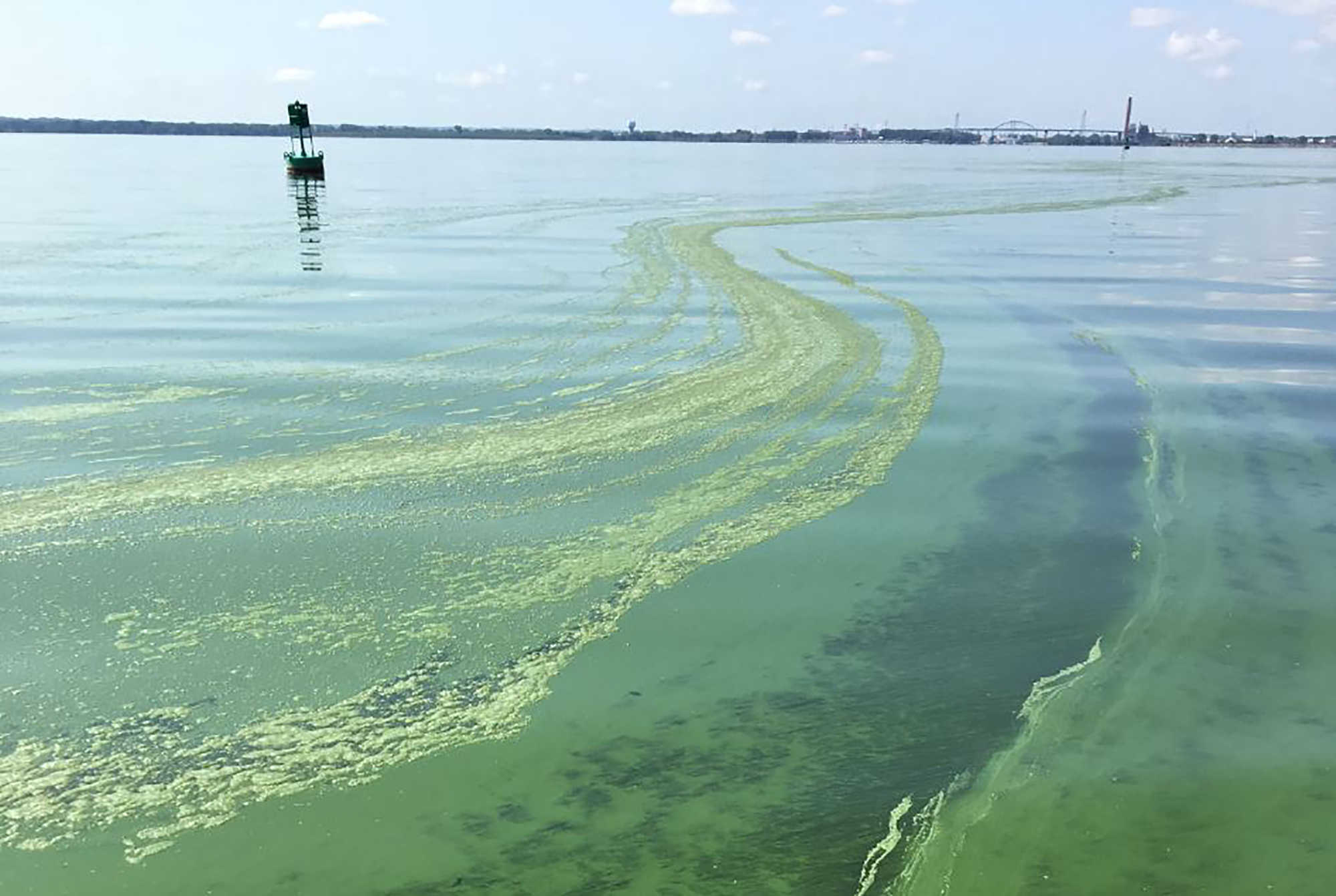
“The suggestion that somehow just 80 percent of our waters being clean is kind of good enough, I think, is just nonsensical,” Lee said. “It’s absolutely not good enough that we have 18 to 20 percent of our current waters impaired.”
Opponents to the rule also called on the DNR to exempt CAFOs or large farms from the changes. WMC and other groups argue project delays could be problematic for large farms, saying the rule doesn’t include a timeline for review.
“Already, CAFO permitting is an incredibly arduous, time-consuming process,” groups wrote in comments to the DNR. “Imposing new antidegradation requirements on CAFOs, with new requirements for a social or economic analysis, alternatives analysis, and public comment, is problematic enough.”
The agency said it can’t exclude CAFOs from antidegradation reviews, and the rule is expected to have a minimal effect on such farms. In a public hearing earlier this month, staff said only two of 337 CAFOs are currently affected with no additional costs to those farms.
If the DNR doesn’t revise its policy, Minahan said the EPA could determine that state rules don’t comply with the Clean Water Act. The agency could replace state requirements with federal regulations that may not provide a streamlined review for industrial and other facilities.
WisPolitics reported some Republican lawmakers have voiced concerns about the regulations, including Sen. Steve Nass, R-Whitewater, who co-chairs the Legislature’s Joint Committee for Review of Administrative Rules. The committee has blocked or weakened some rules.
The DNR is making final revisions to the rule. The agency plans to submit changes to the Natural Resources Board for approval at its meeting on Sept. 27.
Wisconsin Public Radio, © Copyright 2025, Board of Regents of the University of Wisconsin System and Wisconsin Educational Communications Board.

